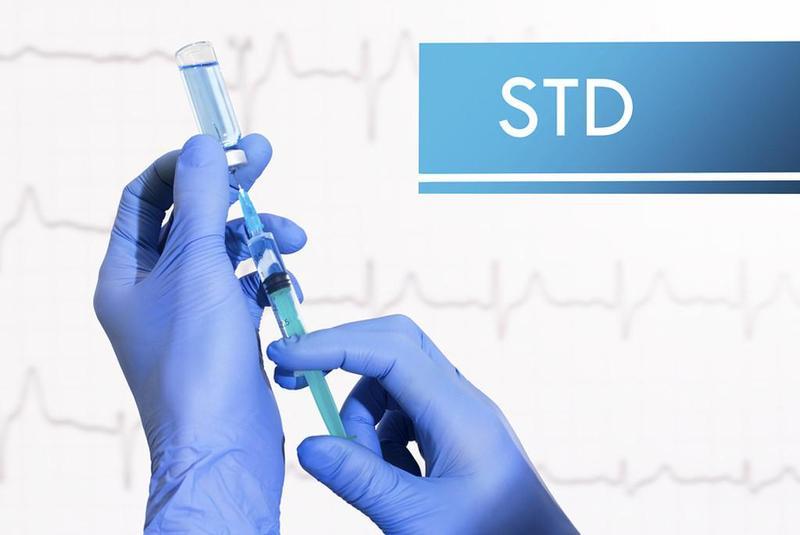Preventing Sexually Transmitted Diseases
Preventing Sexually Transmitted Diseases

A sexually transmitted disease (STD) is an infection that is spread during sexual contact with another person. This includes touching, since some STDs can be spread from skin-to-skin contact.
In general, STDs are highly preventable. Almost 20 million new STDs are diagnosed each year in the United States, according to the Centers for Disease Control and Prevention (CDC). However, a large number of those infections could be avoided if people made different decisions about their sexual health.
The only guaranteed method to prevent STDs is to abstain from all sexual contact. This may not a practical solution for everyone. Fortunately, there are steps people can take to limit their risk of exposure.
Protecting Yourself Before You Have Sex
Effective STD prevention begins before any clothing comes off. There are some things you can do to reduce your STD risk before having sex. These include:
limiting your number of sexual partners
talking honestly with potential partners about your sexual history
getting tested, along with your partner, before having sex
avoiding sex when under the influence of alcohol or drugs
getting vaccinated against the human papillomavirus (HPV) and hepatitis B (HBV)
Many people mistakenly think they would know if they or their partner had an STD. This isn’t always true, because not everyone with STDs knows they are infected. That’s why it’s so important to get tested before you have sex with a new partner.
If you have been diagnosed with an STD, it’s important to tell your partner. That way you can both make informed decisions about risk. You should also explicitly ask your partner if they have (or have had) a STD. Honesty about STD diagnoses is very important. An STD diagnosis is not always a deal breaker. However, being lied to can ruin a relationship.
Protecting Yourself When You Have Sex
It’s always a good idea to practice safer sex. This is true even if you have both been tested. Testing is not always accurate. Even in the presence of infection, some tests can take a while to turn positive.
In addition to testing and practicing safe sex, it’s a good idea to be aware of the symptoms of various STDs. Symptoms are not a reliable way of determining if someone has an STD. Many people can have an STD without having any symptoms. However, unexplained symptoms are a good reason to refrain from having sex until you or your partner has been tested.
What Is Safer Sex?
Having safer sex means using a latex or polyurethane barrier for all forms of sex. This can include:
using a male or female condom for intercourse<
using condoms or dental dams for oral sex
using gloves for manual penetration
You should also wash with soap and water after sex. This can help remove any infectious material that is on your skin.
Limits to Safer Sex
Condoms and other barriers are very good at preventing the exchange of infected bodily fluids. They can also help to minimize skin-to-skin contact. This reduces the transmission of diseases that spread from skin to skin. However, it doesn’t prevent transmission entirely. STDs that spread through skin-to-skin contact include:
syphilis
herpes
HPV
If you’re in a relationship with someone who has herpes, they may want to talk to their doctor about suppressive therapy. This type of therapy helps to prevent herpes outbreaks. It also helps to prevent transmission, but it does not cure the infection.
It’s Never Too Late
There is a common misconception that if you’ve had unprotected sex once, it’s too late for practicing safer sex to do any good. That’s not true. STDs are not necessarily transmitted every time you have sex. It’s always a good idea to practice safer sex.
Using Condoms Correctly
When using condoms and other barriers for safer sex, it’s important to follow the instructions on the box. Using condoms correctly makes them more effective. Some safety considerations include:
checking the expiration date
making sure the condom package has an air bubble, which shows it has not been punctured
putting the condom on correctly
always leaving room at the tip
unrolling the condom onto the penis, not before it goes on
using condom-safe lubricant during intercourse
holding onto the condom when withdrawing after sex, so that it doesn’t slip off
disposing of the condom properly
never taking a condom off and trying to put it on again
never reusing a condom
Though STDs are common, there are ways to reduce your risk and make sex safer. If you are unsure about the right method for you, talk with your partner or your doctor. Being honest about your sexual practices with your doctor can help them assist you in risk reduction methods. Safer sex is for everyone, because everyone who is sexually active is at risk.
Be the first to post a message!